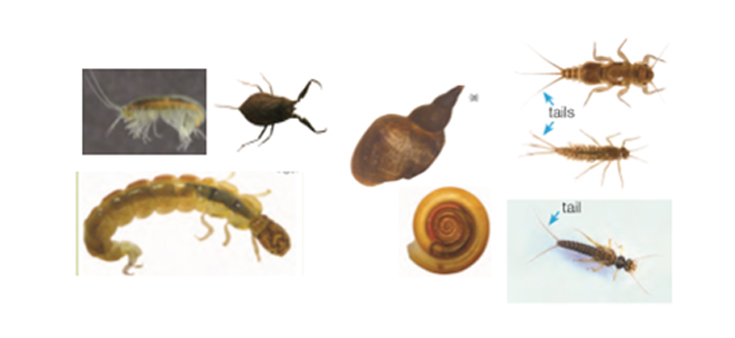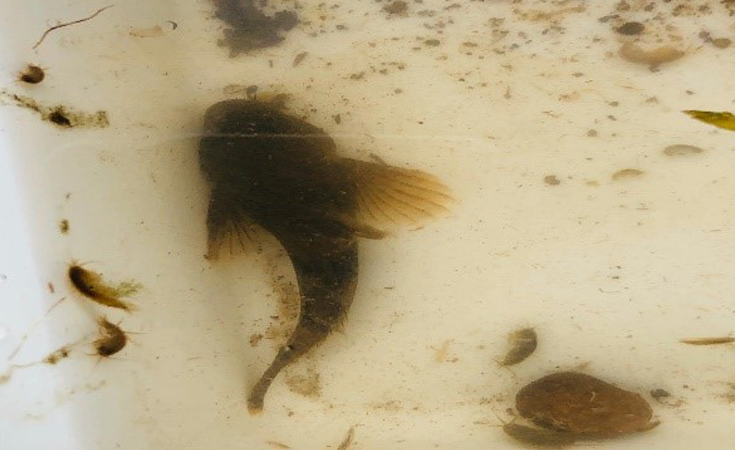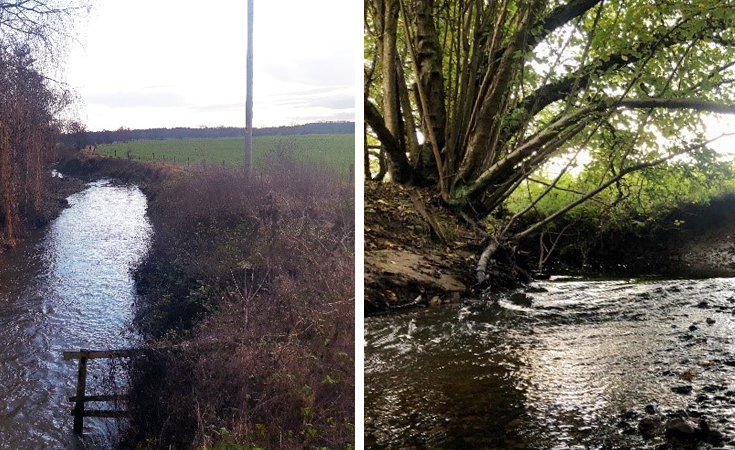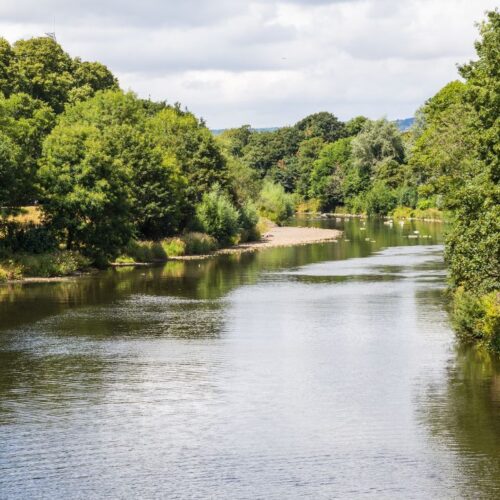What lies above and beyond the surface of the substrate? The obvious answer? Fish, below, but what about on top? There’s a whole other world out there. Bioindicators like freshwater macro-invertebrates, are a diverse and odd-looking bunch that are essential to the function of freshwater ecosystems and are critical to water quality monitoring, as Freshwater Ecologist, Alex Charlesworth, explains.
As efficient nutrient-cycling agents and a food source to a wide range of animals, macro-invertebrates come in all shapes and sizes, from swan mussels that can be up to 14cm long down to micro-caddisfly larvae of less than 5mm. They are typically defined as any animal lacking a backbone but are large enough to be seen without a microscope.

A very diverse group, macro-invertebrates can tolerate a wide range of environmental conditions, although some families are more sensitive than others. For example, sensitive families such as stonefly and may-fly larvae are lost from the community under polluted conditions, whilst others such as midge fly larvae and worms become numerous. Over the past 30 years this knowledge of the sensitivity of macroinvertebrate families to pollution has led to the development of biological indices which assess the health of a river based on the macroinvertebrates present and their relative abundance.
As well as their sensitivity to pollution, macroinvertebrate is relatively quick and easy to sample for, are always present in freshwater systems and generally remain in the same location. This makes them excellent ‘bioindicators’, i.e. organisms used to assess the environment and how it changes through time.
Supporting a drought management strategy
We were commissioned by Atkins on behalf of Severn-Trent Water to undertake environmental and ecological monitoring, as part of the water company’s Water Framework Directive water resource strategy. Monitoring data is collected throughout the year and used in considering the potential future impacts of abstracting water from rivers and groundwater for drinking water supply.

As part of long-term investigations, Thomson has been conducting a range of surveys of three different watercourses across thirteen different sites in northern Shropshire. This included quarterly macro-invertebrate and water quality sampling. Macro-invertebrate samples were collected at the same time from each site and the macro-invertebrates were identified down to species level using the River Invertebrate Classification Tool (RICT). Each site was then given a score depending on the abundance and diversity of the macro-invertebrate community.
We also carried out monthly spot flow gauging surveys and installed a water depth sensor at one site, to provide real-time changes in water level. This information gives the water company an understanding of the volume of water flowing through the system at any one time. River habitat surveys (RHS) were conducted at each of the sites that we were sampling, all of which are vital surveys in gathering information needed for drought management strategies and for monitoring any changes in the environment throughout the monitoring period.

The importance of freshwater conservation
By combining the information gained from water quality and the invertebrate community, we can check compliance with legislation like the Water Framework Directive and advise our clients regarding their activities, as we have a more detailed view of the system. This helps all parties to make more informed decisions and to help to make our waterbodies as good for wildlife as they are for people.
Freshwater environments are now considered the most threatened ecosystem across the globe and with the current and ever-increasing threat of climate change and water scarcity, even greater pressure is being placed on these vital habitats and the resources they provide. It is therefore imperative that we implement well informed management strategies of the resources freshwater environments provide, in order to not only conserve these habitats for the animals that inhabit them, but for the people and industries that depend on them.
How Thomson can help
We are leading experts in freshwater ecology, offering services such as: Sampling and identification of bioindicators like macro-invertebrates; water quality, flow gauging, river habitat surveys, flow logger installation and many others. If you need specialist advice or require any of the services listed, please contact us, we are happy to help.










